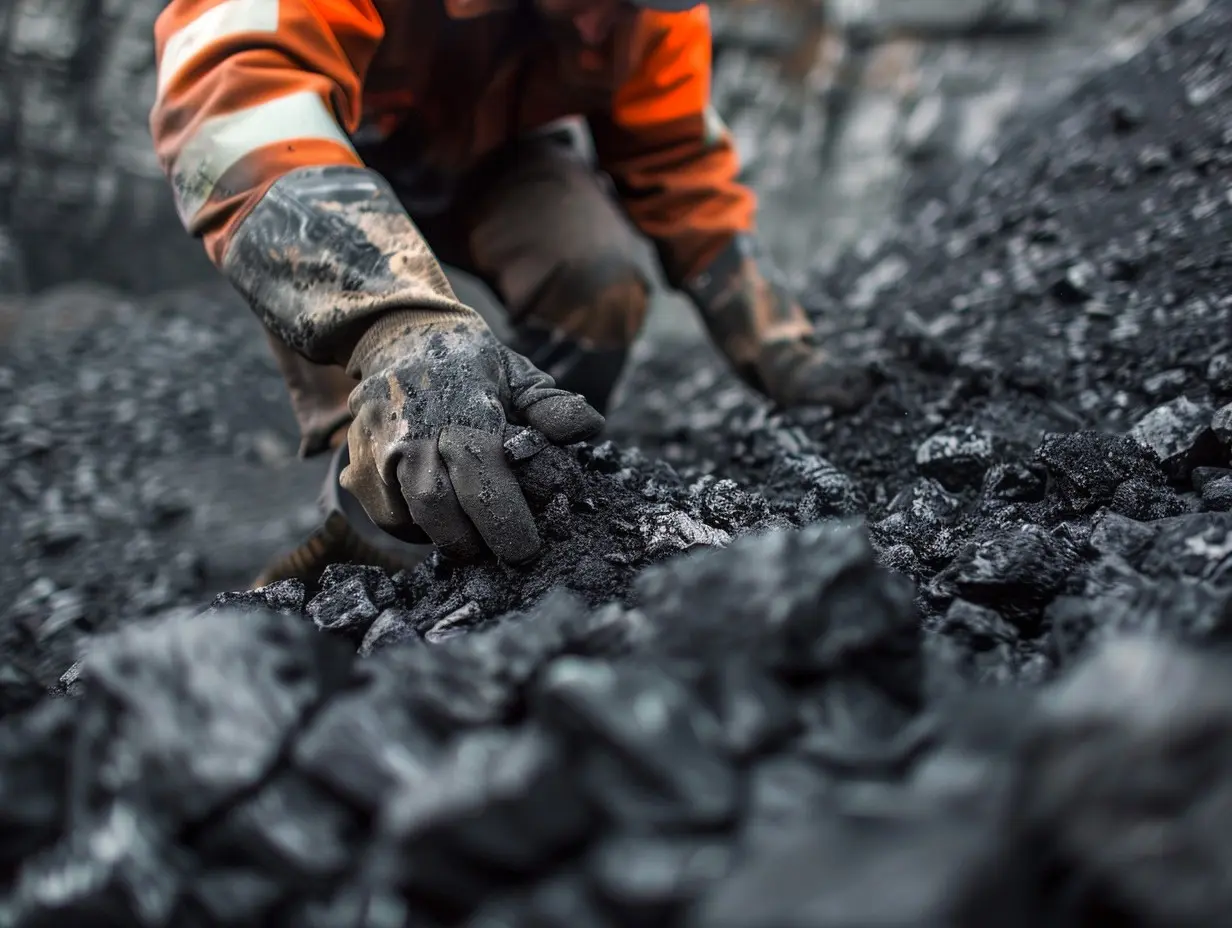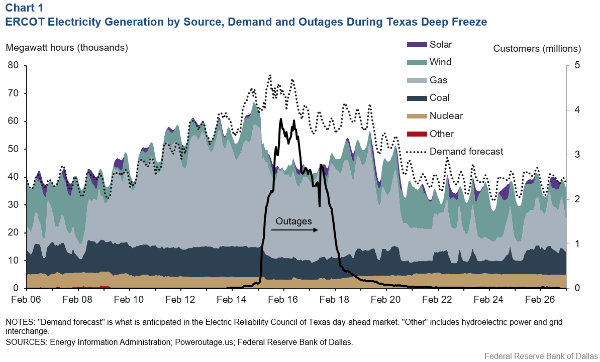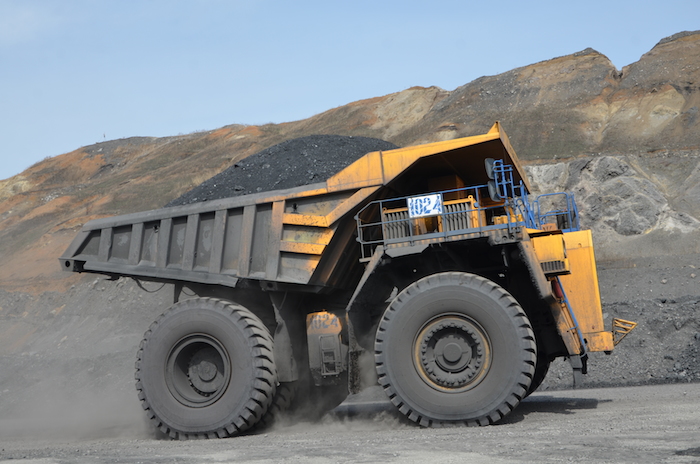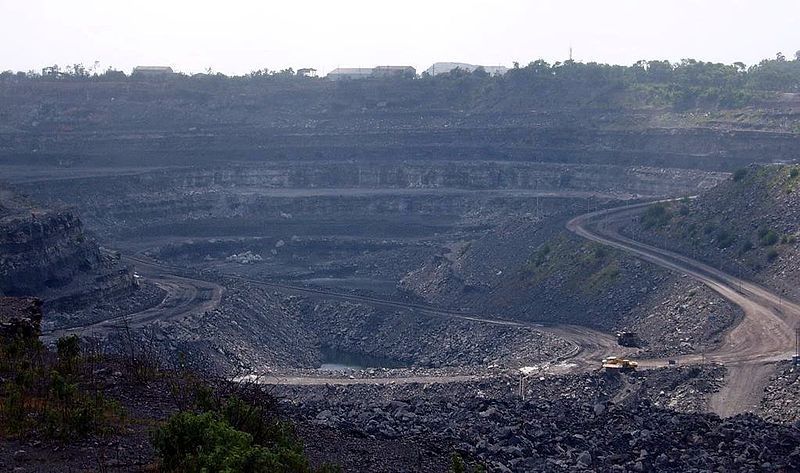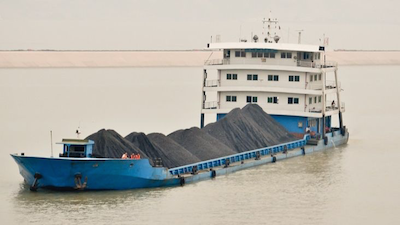
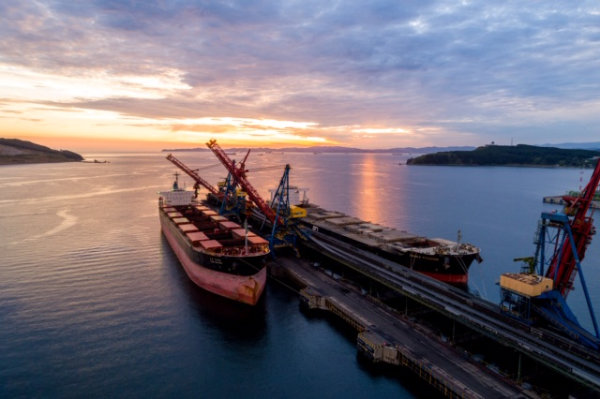
Last week, thermal coal indices in Europe continued their rally above 74.5 USD/t. The cold weather in a number of European countries boosted coal consumption. TTF natural gas prices hitting Q1 2021 high of 21.4 EUR/MWh (+2.3 EUR/MWh to April 01, 2021) had a positive impact on coal indices in the EU. A decrease in the wind output to 779 GWh (-224 GWh to April 14, 2021) stimulated the demand of local generating companies for coal. However, market participants fear that high carbon prices may reduce the profitability of coal-fired power plants.
Instability in the Indian market, caused by a new outbreak of coronavirus in the country, weakened South African coal quotes below 91 USD/t. On April 16, 2021, the Indian government introduced a 6-day quarantine in some provinces. However, several large shipments of coal to Pakistani cement companies stabilized prices. Richards Bay coal stocks amounted to 3.5 mio t (+0.1 mio t to April 14, 2021).
South Africa’s largest bank, Nedbank, plans to stop financing new coal projects starting from 2025. Currently, the bank’s management is reducing the share of coal, oil and gas assets in the portfolio due to the pressure from “green” organizations that promote the interests of companies in the field of alternative energy sources.
Demand from energy companies in the Asia-Pacific region due to the decrease in average daily temperatures strengthened the quotes of Australian coal above 91 USD/t. However, the slowdown in the trading activity of Indian buyers in the run-up to the monsoon season may have a negative impact on prices in the medium term.
The growth in electricity consumption in China boosted the demand of local generating enterprises for low-calorific coal from Indonesia, supporting the indices over 87 USD/t. According to the Grid Corporation of China, in January-April 2021, the volume of electricity consumption in the country increased by 9% compared to the same period in 2020.
Low steel prices lowered the demand of metallurgical plants in the Asia-Pacific region for coking coal from Australia, putting pressure on the indices at the level of 110 USD/t. Nevertheless, market participants expect a recovery in the demand for steel products and an increase in the indices in the medium term.
Source: CAA Analytics
[tfws username=”CAA_Analytics” height=”700″ width=”350″ theme=”light” color=”#FAB81E” tweets=”2″ header=”yes” footer=”yes” borders=”yes” scrollbar=”yes” background=”yes”]




